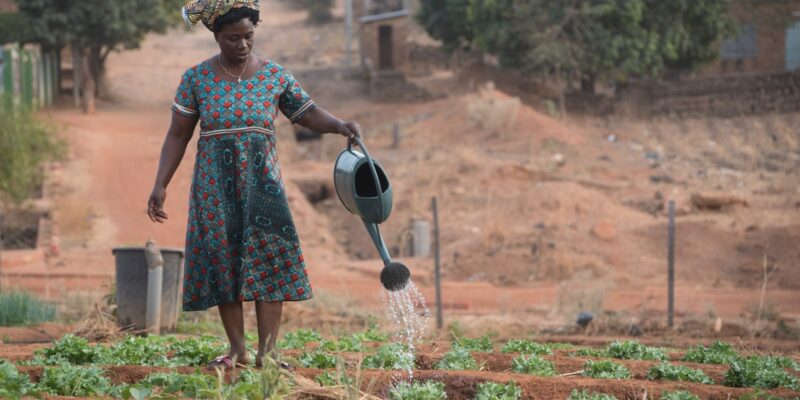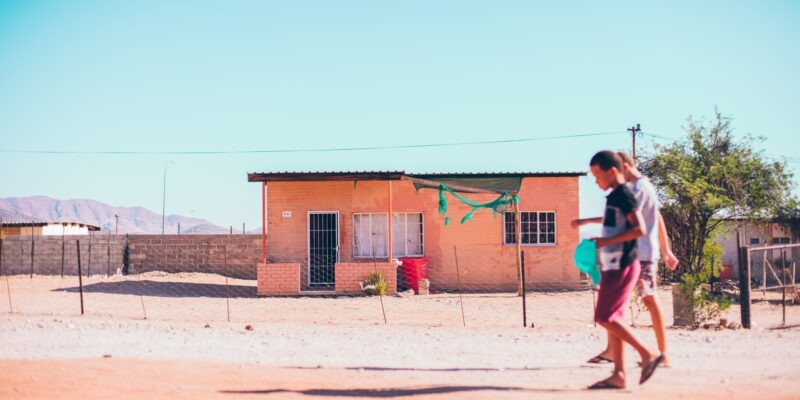Comment
Insights and expert analysis on climate issues.
Share


Stayin' alive: heatwave makes searing case for 1.5°C
Dr Fahad Saeed, Dr Robert Brecha, Dr Carl-Friedrich Schleussner
This year’s extreme summer, still scorching central and northern Europe, is a stark illustration of the kind of climate change impacts we could see if nothing is done to reduce greenhouse gas emissions. Heat waves, droughts and other extremes will only increase in severity and frequency as the Earth continues to warm. Limiting warming to 1.5°C, as governments around the world pledged by signing the Paris Agreement, can help avoid the worst impacts of climate change.

Don’t shift the goalposts of Paris Agreement’s temperature limits
Dr Carl-Friedrich Schleussner
The adoption of the Paris Agreement started a lively debate among scientists about the interpretation of several of its elements. Of particular interest has been the long-term temperature goal of limiting warming to “well below” 2°C or 1.5°C above pre-industrial levels and the question of how progress against the goal should be tracked. As there are a number of different observed datasets for global temperature – as well as methods that use climate models – it means different studies can arrive at different assessments.



On 31 January and 1 February 2018, Climate Analytics and the Centre de Partenariat et d'Expertise pour le Développement Durable (CePED) organised a scientific workshop on vulnerability assessments in Cotonou, Benin. The workshop brought together over 30 scientists, practitioners and policy actors to discuss the practical organisation, timeline and methodological approach to assess vulnerability in the three nationally pre-identified sectors — agriculture, water and health.

Half a degree could make a world of difference
Dr Carl-Friedrich Schleussner